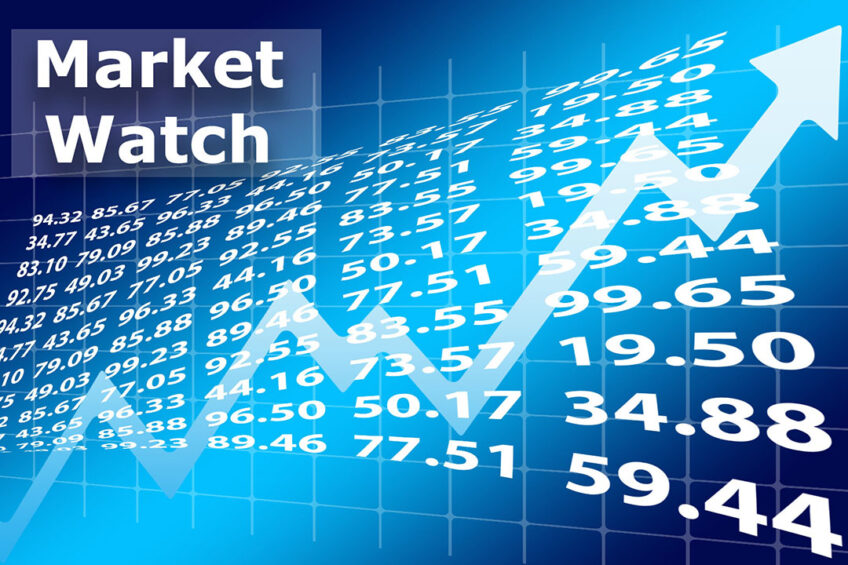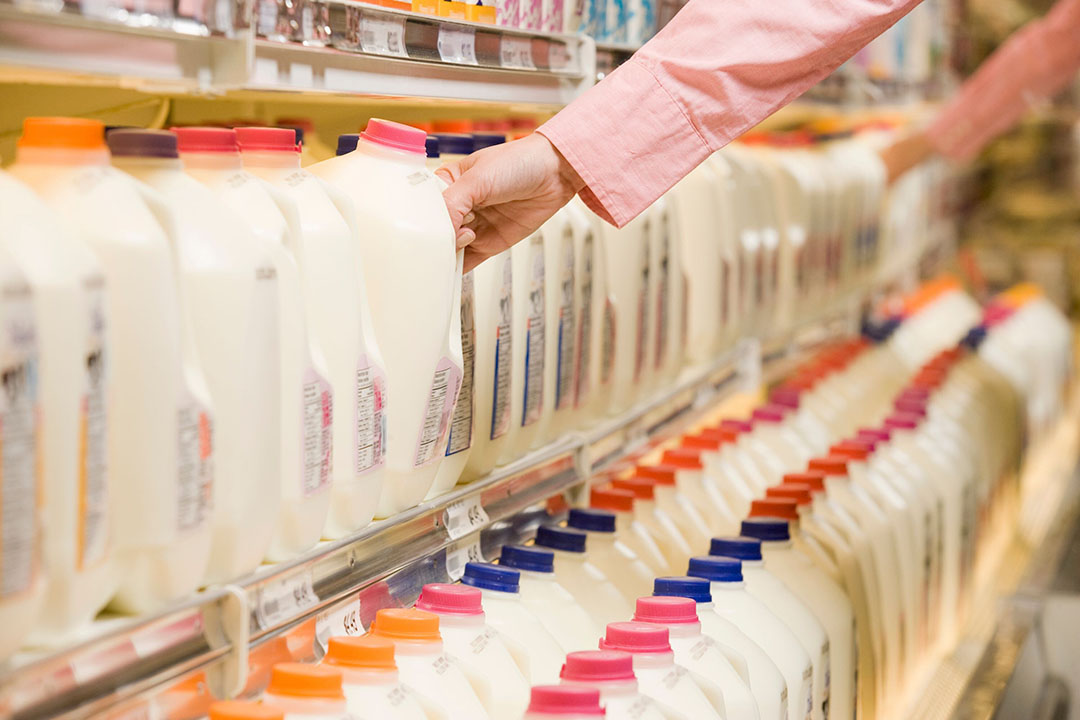Weaker dairy markets but divergence between regions

Weaker global dairy markets remain a key theme, Rabobank Australia says in its last dairy quarterly report of 2022. “But there is clear divergence between regions and dairy products,” according to senior analyst, Michael Harvey.
The Rabobank report says cheese and butter prices in the US and EU have performed the best, while Oceania Global Dairy Trade (GDT) powder and butter prices have been on the decline. Oceania skim milk powder (SMP) prices led the way, dropping 14% on average from Q3 2022 end prices and plummeting 34% since a peak in early Q2 2022.
Rabobank emphasises that the second half of 2022 has tested dairy’s affordability for importing countries. “China remains conspicuously quiet on the buying front compared to last year as it digests local inventories and imported stock,” the report says.
See global dairy market prices
The Global Dairy Trade (GDT) price index fell by 3.8%, following the final auction of 2022 on 20 December, after 2 positive trading events on 6 December (+0.8%) and 15 November (+2.4%).
Global milk
Rabobank expects the global milk supply ‘recession’, experienced for the past 5 consecutive quarters, to end. “Q4 2022 brought another period of weather-disrupted production to Oceania. But traces of life from the global export engines are sprouting, driven by Europe and the US.”
The report says that milk supply will likely gain modest momentum in 2023 from most regions apart from Australia. Milk production from the big 7 dairy exporting regions – New Zealand, Brazil, Argentina, Uruguay, EU, US and Australia – is anticipated to grow by 1% year-on-year, enough to offset the 0.8% decrease in 2022 and remain on par with 2021’s production, the report says.

Dairy retail prices
Meanwhile, consumption growth in some export regions is becoming more challenging as consumers juggle significant price increases in dairy. “Dairy demand in the US has remained defiant in the face of cost-of-living challenges, while European consumers are now feeling the pinch at the retail level. Some resilience in Southeast Asia is evident, but smaller sales volumes and downstream margin pressure illustrate the headwinds,” Rabobank says.
Rabobank is revising its milk production forecast for Australia downward for 2022-2023, with the impact of production constraints, the result of flooding and excessive rainfall, visible in the peak production months – October and November. As of October, Australian milk production was down 6.6% for the season to date, with widespread decreases across all regions.
According to a price comparison in Australia of Milk2Market, Fonterra is offerings its farmers the highest price. The NZ dairy giant is paying AUS$9.52 (US$6.38) per kg milk solids. The company is followed by Bega Cheese at AUS$9.45 (US $6.33) and Saputo at AUS$9.40 (US $6.30).
See global dairy market prices
Australia’s dairy exports continue to grow despite falling milk supply. Rabobank analyst, Michael Harvey, says this is supported by improvements in global freight markets and normalising consumer behaviour – post Covid-19 – across export markets in Asia.
Senior agri economist, Nathan Penny of Westpac New Zealand, expects the effects of Chinese Covid-19 restrictions to linger in 2023, with prices improving come mid-year. “The Chinese authorities have already eased some Covid restrictions. However, these initial steps such as reducing isolation periods have been cautious. As a result, the restrictions are likely to constrict demand well into the new year.”
Penny says that the global dairy supply outlook remains soft. “For example, we expect New Zealand dairy production to fall 1.5% over the 2022-2023 season compared to last season. Similarly, production remains weak in the EU and to a lesser degree in the US. Our expectation for a stronger global dairy market from around mid-2023 sets up the 2023-2024 season for a bumper milk price.”
Westpac New Zealand recently set its opening estimate for this season at NZ$10.00 (US$6.26) per kg milk solids.






